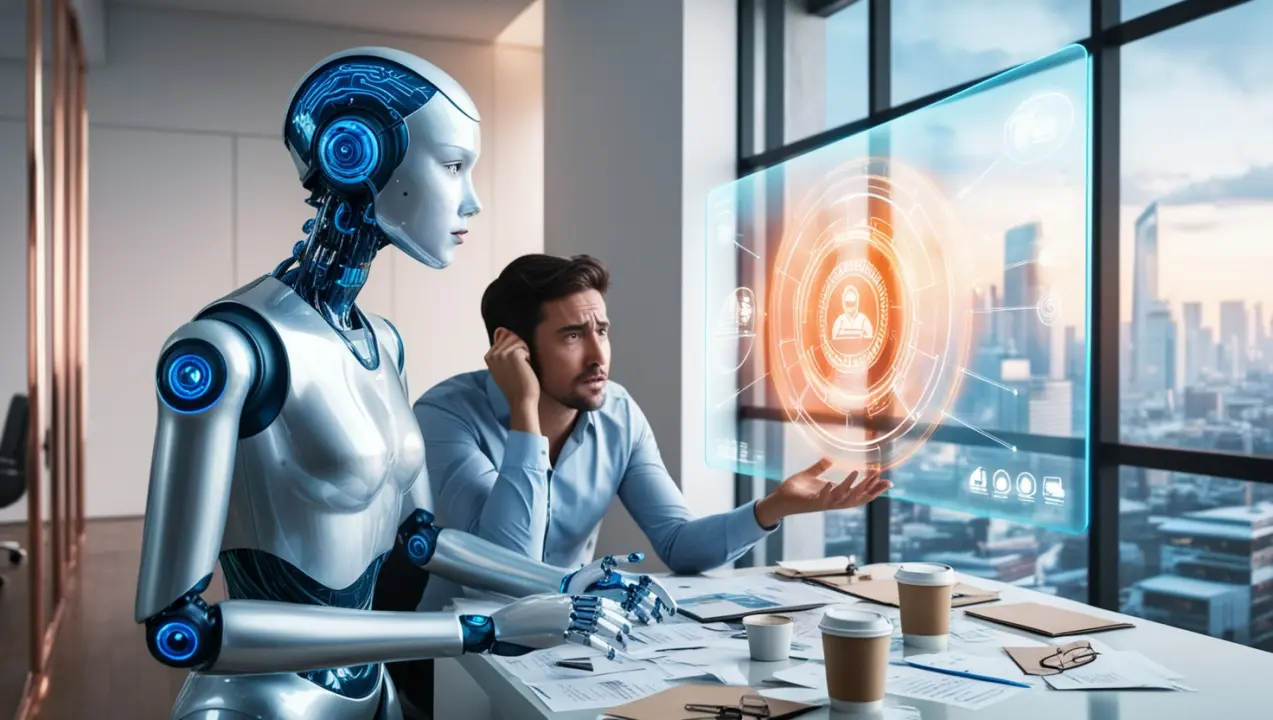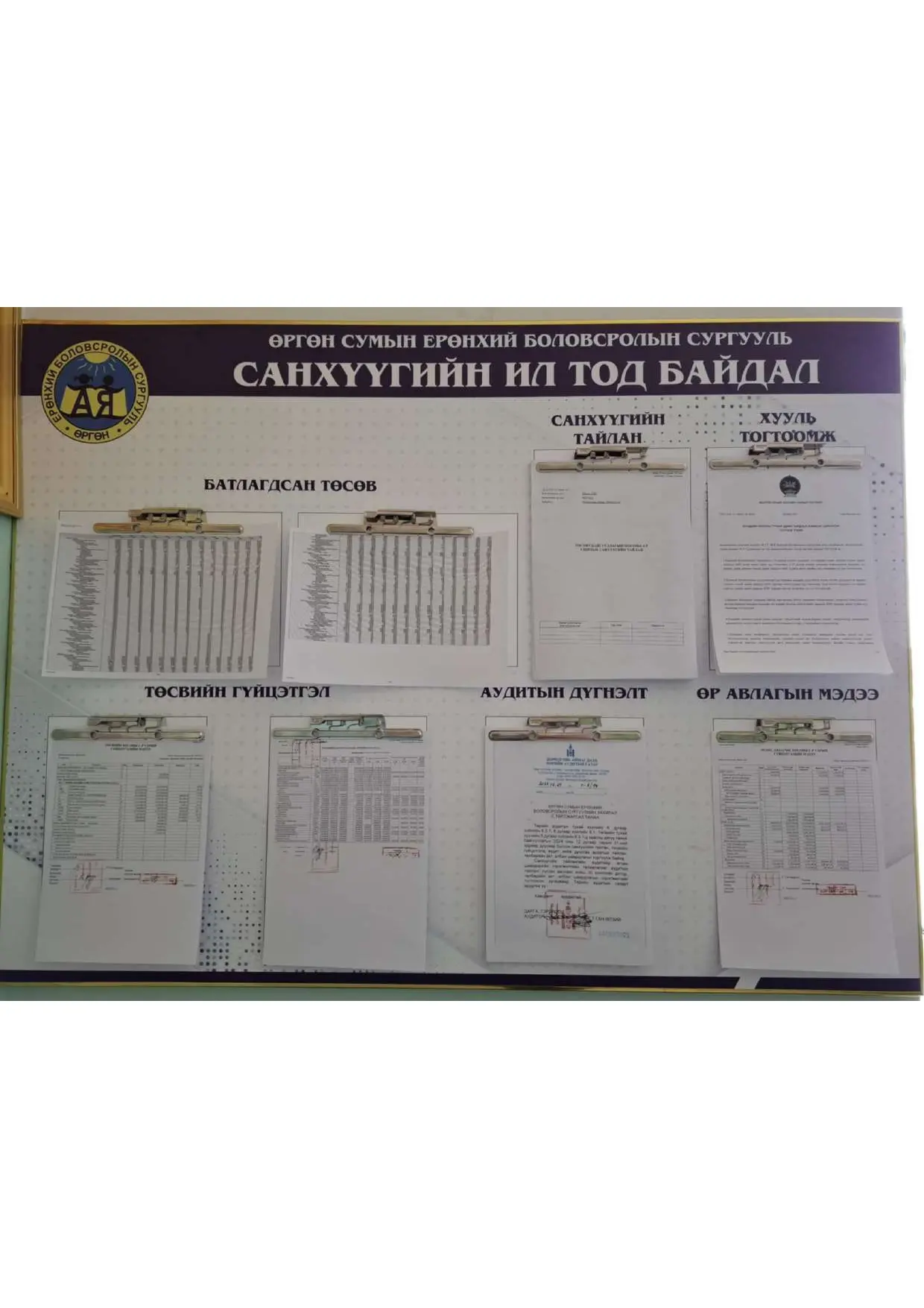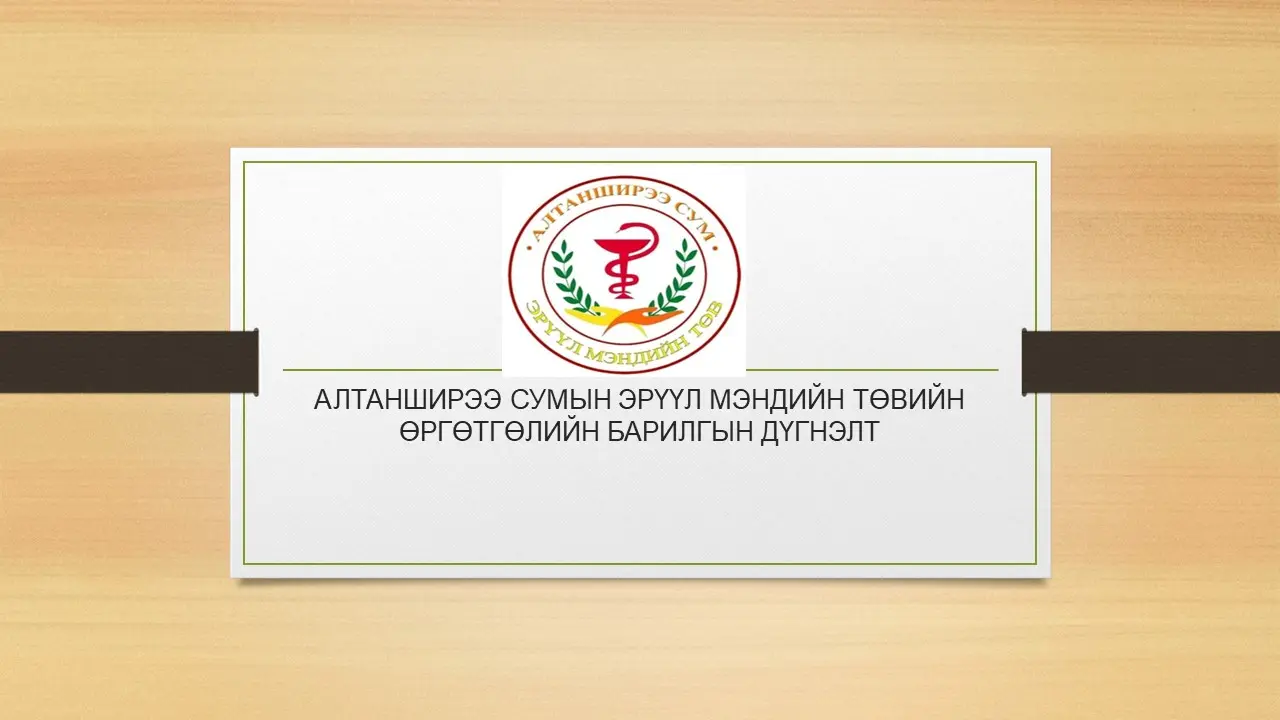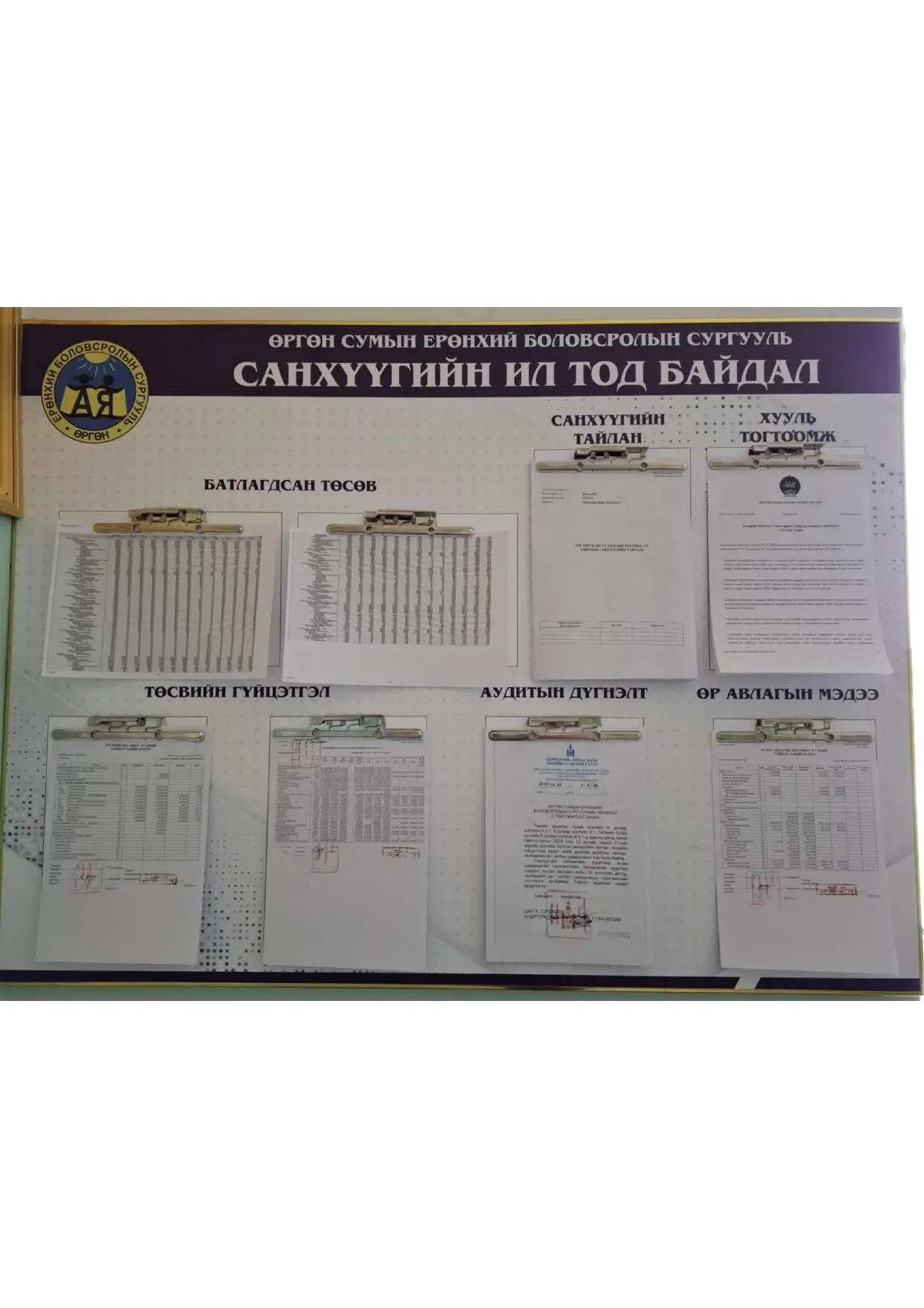
Gartner predicts future tech trends, from neurological enhancement to agentic AI, and how these advanced technologies will be relied on worldwide.
Global technology is being propelled by a convergence of breakthrough innovations that are changing how we live, work,, and interact. While industries worldwide grapple with post-pandemic digital transformation, sustainability mandates,, and evolving consumer expectations, technologies are accelerating and creating opportunities and challenges for all.
This reimagining of technology's role comes as the industry tackles energy efficiency, cybersecurity, the ethical implications of increasingly autonomous systems, and more.
As these technologies mature, their impact creates new imperatives for business leaders to understand and harness their potential while managing associated risks.
Like Gene Alvarez, a Distinguished VP Analyst at Gartner, says, "Tracking these trends will help IT leaders shape the future of their organizations with responsible and ethical innovation."
Technology Magazine looks at Gartner's predictions for 2025 and what they mean for the global tech sector now and in the future.
1. Agentic AI
Part of its power is its application, which spans multiple industries, including manufacturing, customer service, logistics, and healthcare. Agentic AI rapidly analyzes massive datasets for drug discovery. At the same time, it is used in the financial sector to analyze market trends, assess investment opportunities, and create personalized financial plans.
This technology primarily assists the shift from query-and-response systems to autonomous machine agents capable of performing enterprise-related tasks without human guidance.
Gartner predicts, "By 2028, at least 15% of day-to-day work decisions will be made autonomously through agentic AI, up from 0% in 2024."
The realization and potential of agentic AI have led significant tech companies to focus on its development. For example, Microsoft signed a multi-year deal with the UK government to offer public-sector organizations access to its AI tools.
As a whole and for the future, agentic AI aims to increase efficiency and productivity by enabling software agents to take on complex, decision-intensive tasks.
As Gartner concludes: "Agentic AI has the potential to realize CIOs' desire to increase productivity across the organization.
"This motivation is driving both enterprises and vendors to explore, innovate, and establish the technology and practices needed to deliver this agency in a robust, secure, and trustworthy way."
2. AI governance platforms
The EU AI Act aims to regulate AI via legal frameworks for its ethical and safe use.
AI governance platforms are addressing the growing need for responsible AI implementation.
Gartner defines AI governance within its business as "part of Gartner's evolving AI Trust, Risk and Security Management (TRiSM) framework that enables organizations to manage their AI systems' legal, ethical and operational performance. "These technology solutions can create, manage, and enforce policies for responsible AI use, explain how AI systems work, and provide transparency to build trust and accountability."
This example shows that as AI adoption accelerates, governance platforms are becoming essential for managing ethical, legal, and operational risks. Gartner predicts, "By 2028, organizations implementing comprehensive AI governance platforms will experience 40% fewer AI-related ethical incidents than those without such systems." Companies like Credo AI and Fairly AI are leaders in AI governance solutions, with Credo AI offering tools to help organizations prepare for the EU AI Act.
3. Disinformation security
Disinformation security is, overall, a cross-section of vertical technologies, including executive leadership, security teams, public relations, marketing, finance, human resources, legal counsel, and sales.
This means that its nature allows it to address issues across multiple industries and tackle the growing threat of AI-enhanced malicious attacks and misinformation.
The technology aims to systematically discern trust and provide methodological systems for ensuring integrity, assessing authenticity, and preventing impersonation.
It is transformative in its approach to combating the spread of false information as it leverages AI and ML to detect and mitigate threats.
Major tech companies invest in disinformation security, such as Meta, which has mandated the disclosure of AI-generated content, while Google and Microsoft are developing advanced detection algorithms. Simultaneously, PwC reports that commercial services are emerging to help companies and journalists track and combat misinformation.
Gartner predicts that: "By 2028, 50% of enterprises will begin adopting products, services or features designed specifically to address disinformation security use cases, up from less than 5% today."
4. Postquantum cryptography
Postquantum cryptography (PQC) is emerging as a critical focus in the tech industry, because it addresses the looming threat of quantum computers breaking current encryption methods. Gartner forecasts this technology: "As quantum computing developments have progressed over the last several years, it is expected there will be an end to several types of conventional cryptography that are widely used.
"It is not easy to switch cryptography methods, so organizations must have a longer lead time to ready themselves for robust protection of anything sensitive or confidential." Major tech companies are actively preparing for this shift. For instance, HP will be the first PC maker to protect its on-board firmware with PQC.
Meanwhile, Google, IBM, and Microsoft are developing quantum-resistant algorithms. The US National Institute of Standards and Technology (NIST) announced its new PQC standards in August 2024, guiding the industry's transition. Gartner predicts," by 2029, advances in quantum computing will make conventional asymmetric cryptography unsafe to use."
5. Ambient invisible intelligence
Ambient invisible intelligence integrates advanced sensors and ML technologies into everyday environments. It aims to seamlessly enhance comfort and efficiency, merging digital intelligence with physical spaces to support a higher quality of life. Gartner believes that "in the long term, ambient invisible intelligence will enable a deeper integration of sensing and intelligence into everyday life."
For example, in the healthcare sector, ambient invisible intelligence is creating more innovative, responsive environments that improve patient care and staff efficiency - such as - ICUs leveraging this technology to enhance patient mobilization and monitoring, with one study demonstrating an 87% accuracy in categorizing patient movements.
Eleos Health, a startup focused on mental health, is harnessing ambient intelligence to enhance therapy sessions. Its AI voice assistant, Eleos, operates discreetly during sessions and provides valuable insights to mental health professionals.
6. Energy-efficient computing
Energy-efficient computing is helping with data center sustainability.
Energy-efficient computing has become instrumental in addressing the growing concern over the environmental impact of data centers and AI workloads. It's designed to reduce energy consumption while maintaining or improving computational performance, particularly for compute-intensive applications like AI training and simulation.
Gartner notes, "In 2024, the leading consideration for most IT organizations is their carbon footprint". This has inspired Google to achieve a power usage effectiveness (PUE) rating of 1.10, significantly outperforming the industry average of 1.67. Additionally, Microsoft has committed to powering its data centers with 100% renewable energy.
Furthermore, the US Department of Energy's National Energy Research Scientific Computing Center has demonstrated that GPU-accelerated clusters can achieve a 5x improvement in energy efficiency compared to CPU-only instances. Gartner predicts, "Starting in the late 2020s, several new compute technologies, such as optical, neuromorphic, and novel accelerators, will emerge for special-purpose tasks, which will use significantly less energy."
7. Hybrid computing
Hybrid computing can create efficient transformative innovation environments.
Hybrid computing's role in the tech industry is integrating diverse computational paradigms to tackle complex problems. It combines various mechanisms to enhance performance, enabling technologies like AI to exceed current limitations.
Gartner highlights that this approach will create: "Highly efficient transformative innovation environments." Companies like IBM and Microsoft are innovating in this space, offering hybrid solutions that unify public and private cloud resources.
Notably, IBM's hybrid cloud services allow businesses to leverage existing infrastructure while adopting advanced technologies, fostering innovation and efficiency across sectors.
8. Spatial computing
Gartner reports that spatial computing will significantly increase organizational effectiveness over the next five to seven years through "streamlined workflows and enhanced collaboration." Spatial computing integrates AR, VR,, and mixed reality to enhance interactions between the physical and digital worlds.
Gartner predicts that spatial computing will grow to US$1.7 trillion by 2033, up from US$110 billion in 2023. This evolution has led Microsoft and Apple to lead advancements in this field. Microsoft's HoloLens enables users to overlay digital information onto real-world environments, and Apple's Vision Pro is set to redefine user engagement through immersive experiences.
Meanwhile, spatial computing enhances patient education and surgical planning in healthcare by providing real-time digital overlays.
9. Polyfunctional robots
Polyfunctional robots are changing the tech industry by replacing traditional task-specific robots with machines capable of performing multiple functions. Gartner highlights that these robots: "Improve efficiency and provide a faster ROI," making them essential in dynamic environments.
By 2030, Gartner forecasts that: "80% of humans will engage with smart robots daily," a significant increase from less than 10% today. Amazon and Siemens are two companies investing in polyfunctional robotics to enhance operational flexibility.
Whilst Amazon employs these robots in its warehouses for tasks ranging from sorting to packaging, Siemens integrates them into manufacturing processes to streamline production lines. A further development in this field is using polyfunctional robots in healthcare, assisting with tasks like delivering supplies and disinfecting spaces.
10. Neurological enhancement
Elon Musk is innovating brain implants to control devices via thoughts.
Neurological enhancement aims to improve human cognitive abilities through technologies that read and decode brain activity. Gartner notes that by 2030: "30% of knowledge workers will be enhanced by technologies such as bidirectional brain-machine interfaces (BBMIs)," up from less than 1% in 2024.
Companies like Neuralink and Elon Musk are pioneering this field, developing implants that allow individuals to control devices with their thoughts. This technology has potential applications in human upskilling, marketing, and performance optimization. It could enable brands to understand consumer emotions and enhance neural capabilities for better outcomes.




